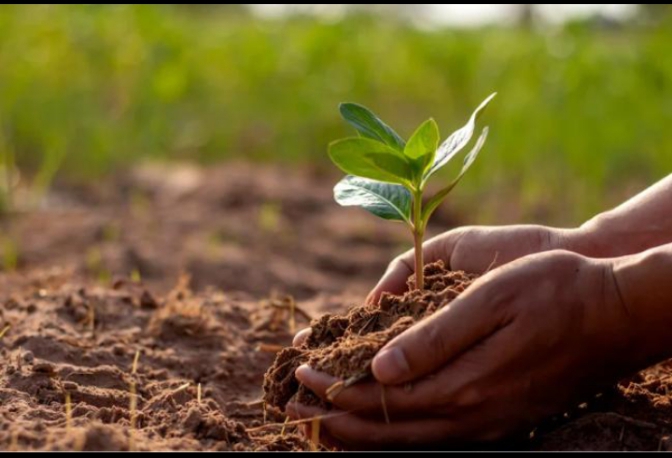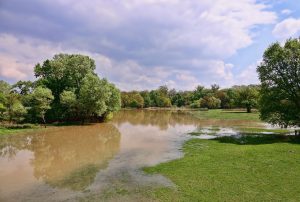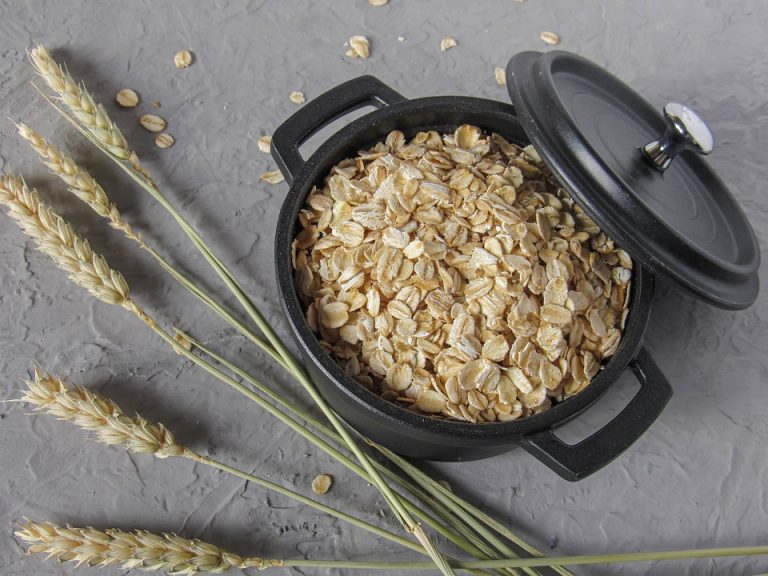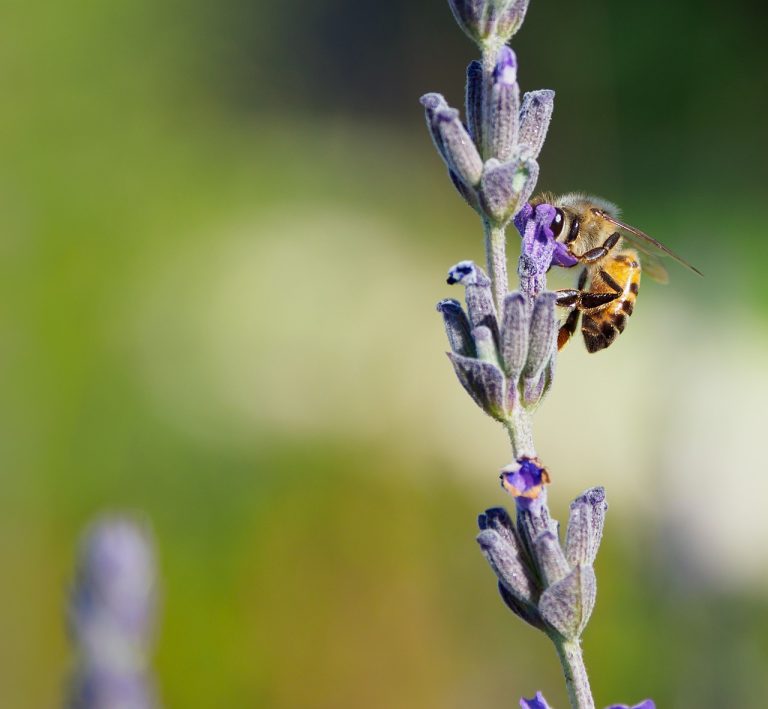HOW TO STOP YARD FLOODING (10 USEFUL TIPS)
Yard flooding, an unwelcome surprise that can turn your outdoor haven into a watery nightmare. But fear not, as we dive into the realm of “How to Stop Yard Flooding.” Picture a scenario where heavy rainfall threatens your property – the key to preserving your home lies in understanding the causes and implementing effective solutions. From DIY strategies like rain barrels and French drains to the crucial role of professional guidance, we unveil the secrets to a dry and secure sanctuary. Get ready to reclaim your yard from the clutches of flooding with our comprehensive guide.
HOW TO STOP YARD FLOODING?
Yard flooding can be a persistent issue for homeowners, causing structural damage and landscape woes. To prevent this, focus on effective drainage solutions. Proper grading and landscaping redirect water away from your property, while regular gutter maintenance ensures smooth water flow.
Embrace DIY options like rain barrels and French drains. Native plants with deep root systems help absorb excess water, preventing erosion. Seeking professional advice for complex drainage problems is a prudent step. Act now to safeguard your property from the detrimental effects of yard flooding.
CAUSES OF YARD FLOODING
HEAVY RAINFALL AND INADEQUATE DRAINAGE
One of the primary culprits behind yard flooding is relentless rainfall. In areas with poor drainage, water accumulates, causing havoc. To combat this, efficient drainage systems are essential.
POOR GRADING AND SLOPING OF THE YARD
The way your yard is graded can significantly impact water flow. Improper grading can lead to water pooling in undesired areas. Proper landscaping can resolve this issue.
BLOCKED OR CLOGGED GUTTERS AND DOWNSPOUTS
Neglected gutters and downspouts can contribute to yard flooding. Regular maintenance is key to ensuring water is channeled away from your home effectively.
STRATEGIES TO PREVENT YARD FLOODING
PROPER YARD GRADING AND LANDSCAPING
Ensuring your yard is properly graded prevents water from accumulating in undesirable areas. Landscaping techniques also play a crucial role in water absorption.
INSTALLATION OF EFFECTIVE DRAINAGE SYSTEMS
Investing in a robust drainage system is paramount. French drains and other solutions can efficiently redirect water, preventing yard flooding.
REGULAR GUTTER AND DOWNSPOUT MAINTENANCE
Don’t underestimate the impact of well-maintained gutters. Regular cleaning ensures water is directed away from your home, preventing potential flooding.
DIY SOLUTIONS FOR YARD FLOODING
RAIN BARREL IMPLEMENTATION
Implementing rain barrels is a sustainable solution. Collecting rainwater reduces the burden on drainage systems and provides a water source for your garden.
FRENCH DRAIN INSTALLATION
French drains are effective in redirecting surface water. Installing them strategically prevents water buildup in your yard.
SOIL AMENDMENT TECHNIQUES
Enhancing your soil’s absorption capacity through amendments like organic matter helps mitigate flooding risks.
THE ROLE OF NATIVE VEGETATION
Benefits of Planting Native Plants
Native plants contribute to soil stability and water absorption. Their deep root systems are excellent in preventing erosion and enhancing drainage.
THEIR CONTRIBUTION TO SOIL STABILITY AND WATER ABSORPTION
The root systems of native plants anchor the soil, reducing erosion risks. Additionally, these plants excel at absorbing excess water, minimizing flooding concerns.
PROFESSIONAL ASSISTANCE FOR YARD DRAINAGE
HIRING A LANDSCAPE ARCHITECT
For complex yard drainage issues, hiring a landscape architect is a wise investment. Their expertise ensures tailored solutions for your property.
CONSULTING WITH DRAINAGE EXPERTS
Drainage experts specialize in resolving water-related challenges. Consulting with them can provide valuable insights into preventing yard flooding.
FREQUENTLY ENCOUNTERED YARD FLOODING ISSUES
DEALING WITH WATERLOGGED LAWNS
A waterlogged lawn not only looks unsightly but also poses a risk to plant health. Proper drainage solutions and soil amendments can revive your lawn.
ADDRESSING BASEMENT FLOODING CONCERNS
Basement flooding can lead to extensive damage. Installing a sump pump and maintaining proper grading around your home can safeguard your basement.
PREVENTION OF EROSION DUE TO EXCESS WATER
Excess water can erode soil, compromising the stability of your property. Planting erosion-resistant vegetation and installing erosion control measures are key.
THE IMPACT OF YARD FLOODING ON PROPERTY
STRUCTURAL DAMAGE RISKS
Yard flooding can compromise the structural integrity of your home. Implementing preventative measures is essential to avoid costly repairs.
MOLD AND MILDEW GROWTH
Excess moisture from yard flooding creates an ideal environment for mold and mildew. Addressing drainage issues promptly prevents these unwanted guests.
NEGATIVE EFFECTS ON LANDSCAPING
Flooding can wreak havoc on your carefully curated landscape. Protect your investment by implementing effective drainage solutions.
CHOOSING THE RIGHT PLANTS FOR FLOOD-PRONE AREAS
FLOOD-RESISTANT OPTIONS
Opt for plants that thrive in wet conditions. Species like cattails and iris are excellent choices for flood-prone areas.
STRATEGIES FOR PLANT PLACEMENT AND GROUPING
Strategic placement and grouping of flood-resistant plants enhance their effectiveness. Create natural barriers to redirect water away from vulnerable areas.
SUSTAINABLE LANDSCAPING PRACTICES
INCORPORATING PERMEABLE SURFACES
Permeable surfaces like gravel and permeable pavers allow water to penetrate the soil, reducing runoff and preventing yard flooding.
RAIN GARDEN DEVELOPMENT
Creating a rain garden is an aesthetically pleasing solution. These gardens absorb and filter rainwater, reducing the risk of flooding.
TESTING AND MONITORING DRAINAGE SYSTEMS
REGULAR INSPECTIONS FOR OPTIMAL FUNCTIONALITY
Periodic inspections of your drainage systems ensure they function optimally. Identifying and addressing issues promptly prevents potential flooding.
IDENTIFYING AND ADDRESSING POTENTIAL ISSUES
Proactive identification of drainage issues is crucial. Swift action prevents minor problems from escalating into major flooding concerns.
Frequently Asked Questions (FAQ) about “How To Stop Yard Flooding”
Can I prevent yard flooding with simple DIY solutions?
Absolutely! Implementing rain barrels, French drains, and soil amendments are effective DIY solutions.
How often should I inspect my gutters for maintenance?
Regular gutter maintenance is recommended at least twice a year, ideally in spring and fall.
Are native plants really effective in preventing erosion?
Yes, the deep root systems of native plants stabilize the soil, reducing erosion risks.
Do I need professional help for yard drainage issues?
For complex problems, hiring a landscape architect or drainage expert is advisable.
CONCLUSION
Combating yard flooding is not only about addressing the symptoms but also understanding and mitigating the underlying causes. By implementing a combination of DIY solutions, such as rain barrels and French drains, and seeking professional guidance for complex issues, homeowners can proactively protect their properties.
The key lies in maintaining effective drainage systems, proper grading, and leveraging the power of native vegetation. Taking these steps will not only prevent structural damage and landscape deterioration but also ensure a dry and secure environment for your home.








